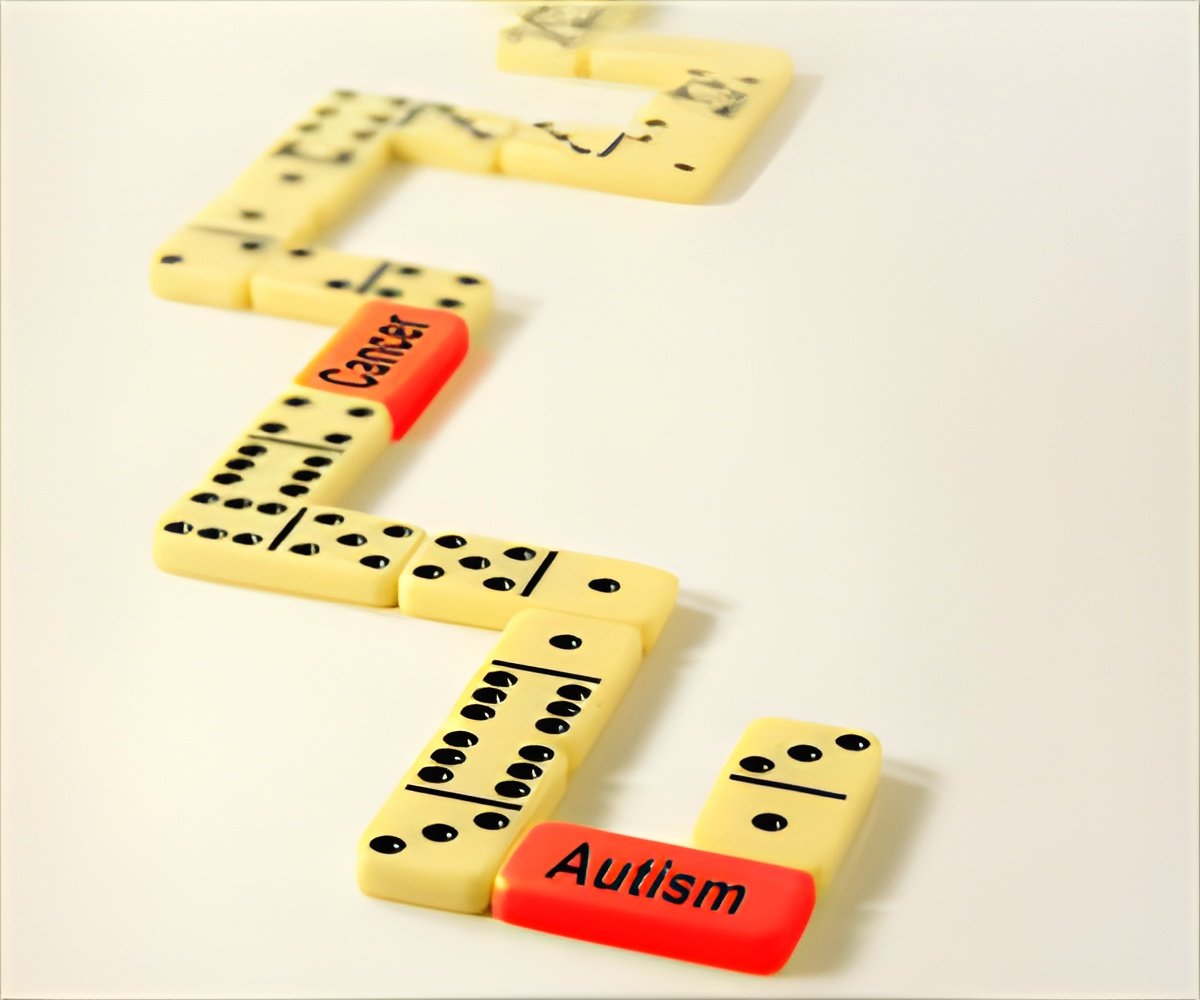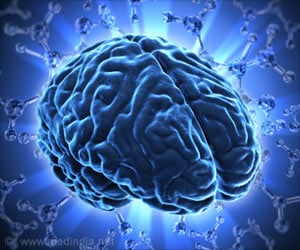A genetically modified rat model of autism and intellectual disability has been generated and characterized by researchers.

‘The hormone oxytocin significantly improved social memory, attention, and nerve cell activity in the genetically modified rat model of autism and intellectual disability.’





Researchers at The Seaver Autism Center for Research and Treatment at
Mount Sinai have generated and characterized a genetically modified rat
model of autism and intellectual disability, reported a study
conducted at the Icahn School of Medicine at Mount Sinai and published in the journal eLife. Researchers report that in this novel rat model, the hormone oxytocin significantly improved social memory, attention, and nerve cell activity.
The Mount Sinai study focused specifically on the production and characterization of a first genetically modified rat model for Phelan-McDermid syndrome.
"Our rat model provides the research community with a valuable tool to study how altered function of synapses and nerve cells leads to subsequent deficits in behavior and cognition that are associated with multiple developmental disorders, including Phelan-McDermid syndrome." says Hala Harony-Nicolas, an instructor at The Seaver Autism Center, and the lead scientist on this study. "Such studies require sophisticated approaches that are significantly more challenging in other model systems as compared to rats, underscoring the value of this model."
The new model, referred to as the Shank3-deficient rat, mimics a human Shank3 mutation and exhibits deficits in a form of social behavior that depends on long-term memory, attention, and communication between nerve cells.
Advertisement
These findings provide important leads into how Shank3 plays a role in synapse development and function and, ultimately, behavior. In addition, the effect of oxytocin on reversing developmental deficits provides a tool to understand the causes of nerve cell and behavioral deficits and to develop novel treatments.
Advertisement
"This study is important for understanding developmental disorders broadly and is also the first to indicate that individuals with Phelan-McDermid syndrome may particularly benefit from oxytocin treatment, a hypothesis that is being further examined in ongoing clinical studies at the Seaver Autism Center."
Source-Eurekalert









